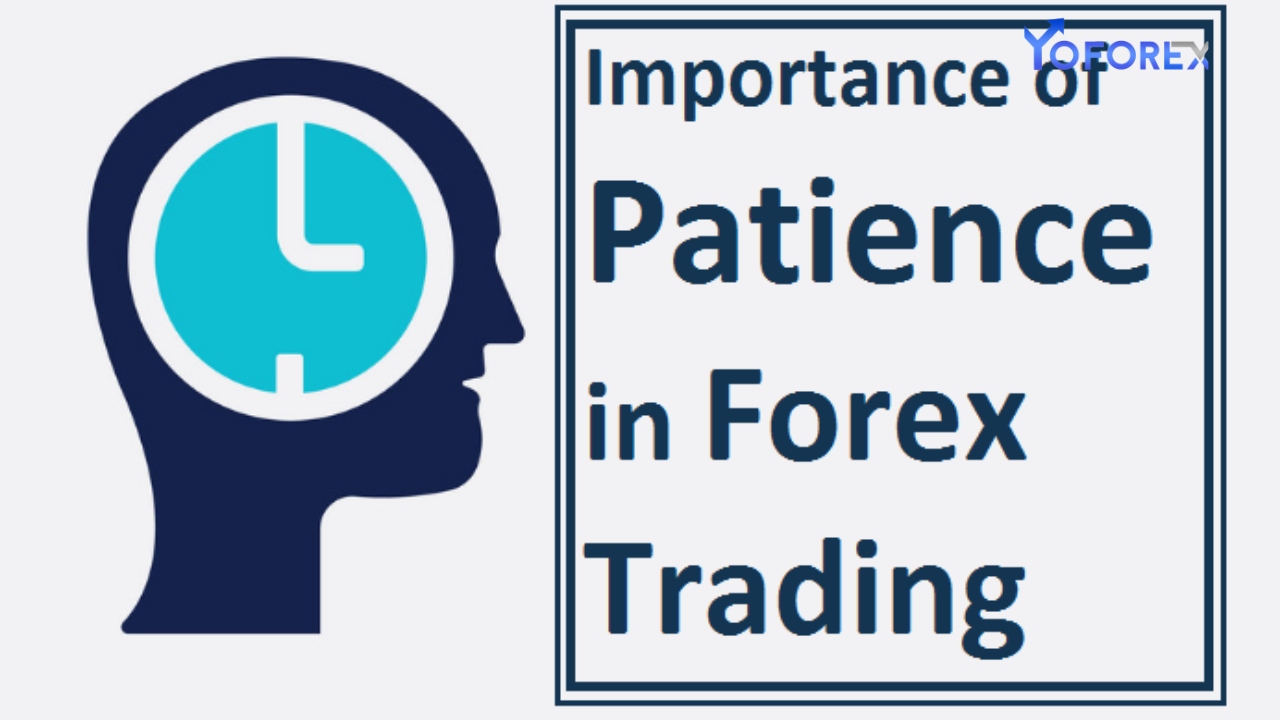In the fast-paced world of forex trading, where prices can fluctuate in milliseconds, patience may seem counterintuitive. However, it is one of the most critical skills for achieving long-term success. Impulsive decisions often lead to losses, while disciplined and patient traders can capitalize on well-timed opportunities. This blog explores why patience is a cornerstone of successful forex trading and how traders can cultivate this vital skill.
The Role of Patience in Forex Trading
Patience is not just about waiting; it’s about waiting with purpose and discipline. It plays a pivotal role in several aspects of forex trading:
1. Identifying High-Probability Trades
- Rushing into trades often leads to poor decision-making and unnecessary risks.
- Patience allows traders to wait for high-probability setups that align with their strategies.
- Example: A trader following a trend strategy waits for the price to test a key support level before entering a position.
2. Avoiding Overtrading
- Overtrading is a common pitfall, driven by the desire to make quick profits.
- Patience helps traders avoid unnecessary trades that do not meet their criteria.
- Example: A patient trader resists the urge to trade in choppy market conditions.
3. Holding Positions for Maximum Gains
- Impatient traders often exit trades prematurely, missing out on larger gains.
- Patience enables traders to stick to their plans and let profits run.
- Example: A swing trader holds onto a profitable position, confident in their analysis of a long-term trend.

Why Impatience Leads to Losses
Impatience can sabotage a trader’s success in multiple ways:
1. Emotional Decision-Making
- Impatient traders are more likely to act on emotions like fear and greed.
- Emotional decisions often result in chasing losses or entering trades without proper analysis.
2. Inconsistent Strategy Execution
- Impatience can lead traders to deviate from their trading plan.
- Example: Entering a trade too early because they fear missing out on a move, only to see the price reverse.
3. Increased Transaction Costs
- Frequent trading increases transaction costs, such as spreads and commissions, which can erode profits.
Cultivating Patience in Forex Trading
Patience is not an innate trait; it’s a skill that traders can develop over time. Here are practical steps to build patience in forex trading:
1. Develop a Clear Trading Plan
- A well-defined trading plan provides clarity and reduces impulsive decisions.
- Include specific entry and exit criteria, risk management rules, and a clear strategy.
2. Use a Trading Journal
- Documenting trades helps traders reflect on their decisions and identify patterns of impatience.
- Example: A trader notes that most of their losses occurred when they entered trades too early.
3. Practice Discipline
- Stick to your trading plan, even when the market tempts you to deviate.
- Use reminders or affirmations to reinforce discipline.
4. Embrace the Waiting Game
- Learn to view waiting as an integral part of trading rather than wasted time.
- Use waiting periods to analyze market conditions or study new trading strategies.
5. Set Realistic Expectations
- Understand that consistent profits take time and effort.
- Avoid the pressure to achieve overnight success.
Patience in Different Trading Styles
Patience manifests differently depending on the trading style. Here’s how it applies to various approaches:
1. Day Trading
- Day traders must wait for the best intraday setups, avoiding the temptation to overtrade.
- Example: A day trader uses patience to wait for a clear breakout above a key resistance level.
2. Swing Trading
- Swing traders rely on patience to hold positions for days or weeks to capture larger market moves.
- Example: A swing trader waits for confirmation of a trend reversal before entering a position.
3. Position Trading
- Position traders need patience to endure market fluctuations and stick to long-term strategies.
- Example: A position trader holds onto a trade despite short-term volatility, confident in their analysis of fundamental factors.
Tools and Techniques to Enhance Patience
Several tools and techniques can help traders practice patience:
1. Set Alerts
- Use trading platforms to set price alerts, reducing the need to constantly monitor charts.
2. Automate Trading
- Automated trading systems execute trades based on predefined criteria, removing emotional bias.
- Example: A trader uses an Expert Advisor (EA) to execute trades when specific conditions are met.
3. Meditation and Mindfulness
- Practicing mindfulness helps traders manage stress and maintain focus.
- Example: A trader spends 10 minutes meditating before starting their trading session.
Real-Life Examples of Patience Paying Off
Example 1: George Soros and the Bank of England
- In 1992, George Soros famously waited for the right moment to short the British pound, resulting in one of the most profitable trades in history.
Example 2: Warren Buffett’s Investment Philosophy
- While not a forex trader, Buffett’s principle of “waiting for the right pitch” applies to trading. He emphasizes patience in waiting for the best opportunities.
Balancing Patience with Action
While patience is crucial, traders must also avoid analysis paralysis or missing opportunities by waiting too long. The key is to strike a balance:
1. Trust Your Analysis
- If your criteria are met, take action without hesitation.
2. Use Risk Management
- Proper risk management ensures that even if a trade goes against you, the impact is minimal.
3. Review and Adjust
- Regularly review your trading plan to ensure it aligns with market conditions and your goals.
Conclusion
Patience is a foundational skill for successful forex trading. It enables traders to make rational decisions, avoid costly mistakes, and capitalize on high-probability opportunities. By cultivating patience through discipline, planning, and mindfulness, traders can enhance their performance and achieve consistent profitability. Remember, in forex trading, the ability to wait for the right moment often separates winners from losers.

